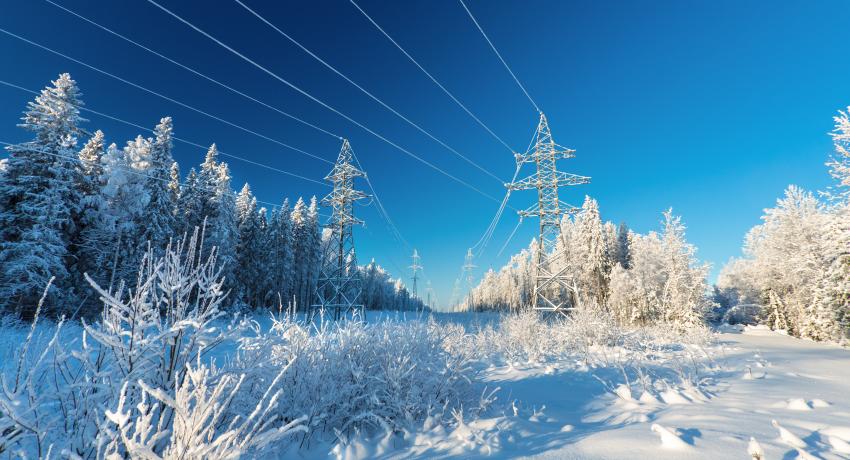The North American Electric Reliability Corporation (NERC) has released its 2025–2026 Winter Reliability Assessment, highlighting growing challenges for the nation’s electric grid as demand surges and resource mixes evolve. Despite these pressures, PJM Interconnection, which manages the grid for Ohio and 12 other states including the D.C. area, projects a strong reliability position heading into winter. The assessment looks at the time period from December through February.
Key Takeaways for Ohio and PJM:
- Healthy Reserves: PJM expects 35% installed reserves, nearly double the target of 17.7% required to meet the industry’s reliability standard (1-day-in-10-years LOLE criterion). This indicates minimal risk of capacity shortfalls this winter.
- Lessons from Last Winter: PJM hit an all-time winter peak last season, but proactive generator preparations and transmission performance ensured sufficient reserves throughout the demand event.
- Changing Dynamics: Reserves are slightly lower than last winter due to rising load and the retirement of dispatchable generation without equivalent replacements. Non-solar, flexible resources remain critical.
Buckeye Power, the co-op member-owned power generation company for Ohio’s electric cooperatives, completed winter preparedness procedures at Cardinal Plant and its two natural gas peaking plants. Leaders of Buckeye Power state the plants are ready should Ohio experience extreme cold events this winter when demand is at its peak. Winter forecasts do call for a colder, more wet winter this season.
Broader Trends Driving Risk:
- Demand Surge: Winter electricity demand is climbing at its fastest pace in years, fueled by data center growth and electrification. Aggregate peak demand across NERC regions has jumped 20 GW (2.5%) since last winter, with some areas forecasting near 10% year-over-year growth.
- Resource Shift: While total resources have grown by 9.4 GW, the mix is shifting toward batteries and away from thermal generation. This transition underscores the importance of reliable fuel supplies for remaining thermal units.
- Natural Gas Vulnerabilities: Past winter storms like Uri and Elliott revealed how gas supply disruptions can cascade across multiple regions. Operators are reinforcing winter planning to mitigate these risks.
Bottom Line: For Ohio and the PJM footprint, the outlook is reassuring—ample reserves and strong planning should keep the lights on. But as demand accelerates and resource portfolios evolve, vigilance remains essential to navigate future winters.






